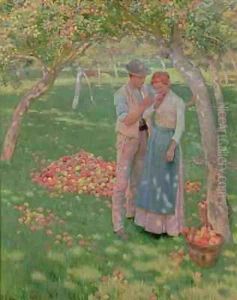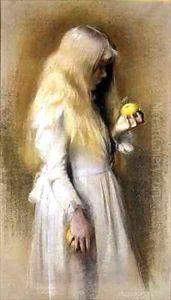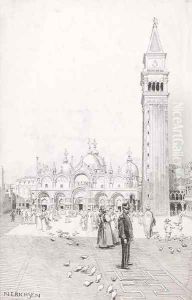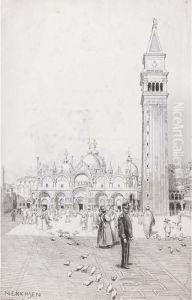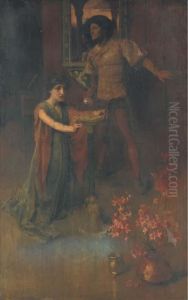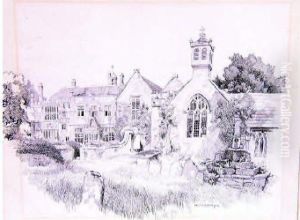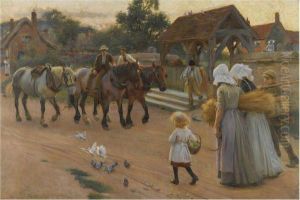Nelly Erichsen Paintings
Nelly Erichsen was a British artist and illustrator, born in 1862. Her contributions to the art world, though not as widely recognized as some of her contemporaries, showcase a remarkable talent in watercolor painting and illustration, particularly in the genres of landscape and genre scenes. Erichsen's work is characterized by its delicate detail, vibrant color palette, and the ability to capture the essence of her subjects with both realism and emotional depth.
Erichsen's career spanned a period of significant change in the British art scene, as the influences of Impressionism and the Arts and Crafts Movement began to permeate the conventional Victorian aesthetic. She navigated these changes with a unique style that blended traditional techniques with the emerging preferences for more expressive and emotive artistry. Her illustrations often appeared in books and periodicals of the time, contributing to the popularization of illustrated literature and the integration of visual art into everyday life.
Despite her talents, Nelly Erichsen's work was, for many years, somewhat overshadowed by her male counterparts and the societal limitations placed on women in the arts during her lifetime. However, recent scholarship and renewed interest in women artists of the 19th and early 20th centuries have led to a reevaluation of her contributions and her place in the history of British art.
Erichsen's life was tragically cut short in 1918 during the Spanish flu pandemic, but her legacy lives on through her art. Her paintings and illustrations continue to be appreciated for their beauty, technical skill, and historical value, offering insight into the artistic transitions of her time and the role of women in those transformations. Collections of her work can be found in various art institutions and are celebrated for their enduring charm and the window they offer into the past.
